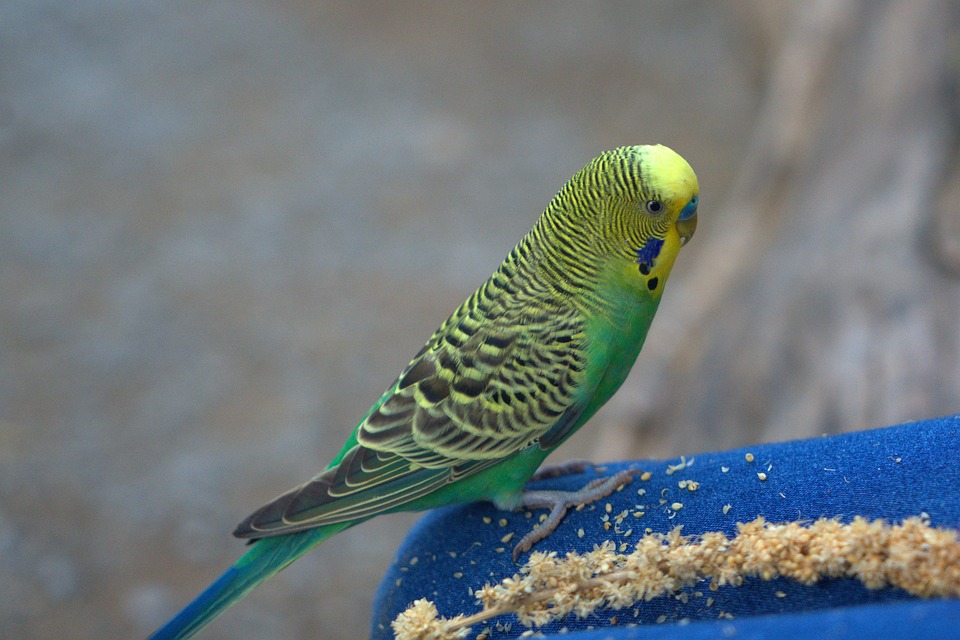Parrots are fascinating creatures known for their intelligence, vibrant plumage, and unique personalities. As owners, it is essential to understand and interpret their behavior accurately. Recognizing signs of confidence and self-assurance in parrots is crucial in ensuring their overall well-being and establishing a strong bond with these magnificent birds. In this article, we will delve into the various indicators that can help you identify a confident and self-assured parrot.
Before diving into the specific signs of confidence and self-assurance, it is important to gain a basic understanding of parrot behavior. Being highly social animals, parrots communicate through both vocalizations and body language. By observing their actions closely, you can decipher their emotions and gauge their overall confidence levels.
One of the most significant indicators of a confident and self-assured parrot is their feather condition. A parrot with healthy feathers and a glossy plumage often indicates a confident and self-assured bird. A well-maintained appearance reflects a parrot’s ability to groom itself, which is a sign of good mental and physical health.
Confident parrots usually exhibit an upright posture with their feathers held tightly against their bodies. They appear alert, with a straight back and an elevated head. This stance demonstrates their self-assurance and readiness to engage with their surroundings.
A confident parrot is more likely to engage in playful activities. They may engage in games, explore their environment with curiosity, and interact with toys or other birds. Playfulness demonstrates their comfort and confidence in their surroundings.
Confident parrots often have a wide range of vocalizations, including cheerful chirping, whistling, or mimicking various sounds. Their vocal repertoire showcases their confidence and willingness to communicate, both with their human companions and fellow parrots.
Approachability is another sign of a confident parrot. A confident parrot will willingly approach humans or other animals without showing signs of fear or aggression. They may lean forward, spread their wings slightly, or display other non-threatening behavior when interacting with others.
Observing a parrot’s body language can provide valuable insights into their confidence levels. A confident parrot will hold its body in a relaxed posture, with feathers smooth and eyes bright. They may also engage in head bobs, tail wagging, or wing stretching as signs of contentment.
It is important to note that a parrot’s confidence level can change over time. Various factors, such as their environment, social interactions, and past experiences, can influence their confidence. With proper care, training, and positive reinforcement, parrots can develop and maintain high levels of confidence throughout their lives.
If you notice signs of low confidence in your parrot, it is important to provide a safe and supportive environment. Gradually introduce positive experiences, engage in training sessions using reward-based techniques, and offer plenty of mental and physical stimulation. Seek guidance from an avian behaviorist if needed.
A confident parrot is more likely to be receptive to learning new tricks or behaviors. Building trust and establishing a strong bond with your parrot will contribute to their confidence and overall learning abilities.
While confidence is generally desirable, excessive confidence in parrots can sometimes lead to aggressive behavior. It is crucial to provide appropriate training and consistent boundaries to maintain a healthy balance between confidence and respect for their human companions.
In conclusion, recognizing signs of confidence and self-assurance in parrots is essential for their overall well-being and successful training. By understanding their behavior and observing specific indicators, such as feather condition, posture, vocalizations, and body language, you can better understand your parrot’s emotional state and strengthen your bond with them. Remember to provide a supportive environment, engage in positive training techniques, and seek professional advice when necessary to ensure a happy and confident parrot companion.









